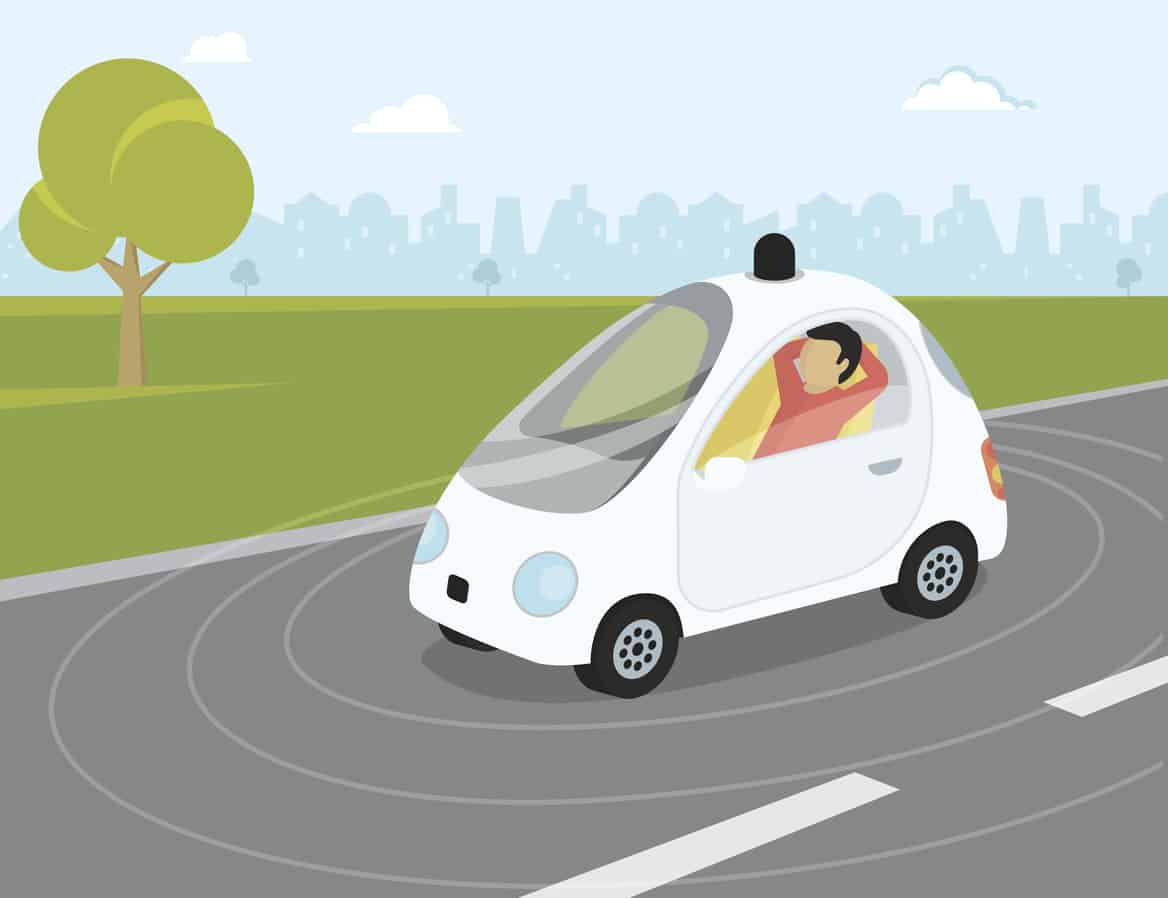
Originally published in Canadian Auto World Magazine. Republished with permission.
Driverless cars have passed from the realm of science fiction to reality as several automobile makers have announced plans to market these vehicles as early as 2020. It’s the logical conclusion to the raft of new autonomous safety features that have appeared in recent years – from anti-lock braking systems to self-parking technology.
This disruptive technology has the potential to make our roadways much safer. Since human error is estimated to be responsible for more than 90 per cent of current road fatalities, fully automated cars could significantly reduce accidents, injuries and deaths.
But, as these vehicles are introduced and perfected, it’s fair to say there will likely be some bumps along the road, and from a personal injury and liability perspective, the advance of this technology raises some interesting questions.
Semi-Automated Technology and Liability
Until a fully driverless car hits the road, becomes a robotic chauffeur and absolves all of its passengers of any ability to control its actions, the driver/operator of a vehicle would be liable, at least in part, if their vehicle or actions were found to cause or contributing to an accident.
A driver considered to be at fault may also look to a vehicle manufacturer to assume some liability if its design or technology was a factor in the accident or its severity. But even as more automatic safety features are introduced to vehicles, the onus remains on the operator to ensure they remain in control. And these features should not give drivers a false sense of security.
For example, some newer car models have sensors on mirrors which detect passing vehicles that may be in a driver’s blind spot. The failure of these sensors would not absolve a driver of liability if they failed to check their blind spot and relied solely on the sensors or failed to obtain proper maintenance to keep sensors working properly.
Fully Automated, Driverless Cars and Liability
When a fully autonomous, driverless car hits the road in Canada, some legislative amendments may be necessary to clarify if a vehicle owner has vicarious liability and to what degree.
However, an owner or user would likely be responsible for ensuring the vehicle was in good working order before a ride commenced. Whether it would be properly programming a GPS, updating software (particularly programs to protect from hacking or malicious applications), or ensuring all parts of the vehicle were operational and safe, there would still be a component of human judgment.
Still, until there are test cases, the BBC reports, “uncertainty over liability for a driverless car crash is seen as one of the biggest barriers to adoption.” Some driverless car manufacturers such as Volvo and Google have opted to assume liability for accidents involving their cars in order to remove this uncertainty among both owners and government regulators. However, this liability would be limited to accidents caused by flaws in the car’s design and not cover a customer who used the technology inappropriately or a third-party who was found to be at fault.
Old and New, An Uneasy Mix?
While some early adopters and car enthusiasts are probably already planning to be first in line to buy a fully driverless car once they are commercially available, it will be decades before all vehicles on roadways no longer require human drivers.
What will happen in the meantime as inevitable collisions between occur between driver-operated vehicles and driverless vehicles? Will a human driver be overwhelmingly more likely to be considered to be at fault in these accidents? Will a driverless car’s black box technology hold more weight in assigning fault that another driver’s recollection or witness accounts?
Much interaction among drivers, pedestrians, cyclists and others on roadways results from visual cues and anticipated actions. As driverless vehicles begin to appear and these established practices are no longer needed, miscommunication could play a role in driver error.
Things as They Stand Now
At this point, many of these questions are still just theoretical, but the government and the automotive and insurance industries are beginning to prepare for these eventualities.
The CBC reports that this year, Ontario launched a test project for driverless cars, though as of early June 2016, no manufacturers have applied for testing permits. These vehicles must have a licensed human driver behind the wheel to assume control of the vehicle if something were to go wrong and they must also have at least $5 million in liability insurance.
The federal government has also budgeted funds to develop new rules for driverless cars.
While insurance companies consider complex issues about how liability issues will handled among drivers, owners, users, automobile manufacturers, system developers, car dealers and automotive technicians, there is also optimism that new forms of data and diagnostics from driverless cars could not only improve road safety, but also clarify liability.
We’re entering a brave new world where the traditional automobile may come to be seen as quaint as the horse and buggy, but we’re still a ways off. So, for the moment, remember that new technology is still no substitute for a cautious, attentive and safe driver.
For more information, please feel free to contact personal injury lawyer David J. Levy at davidlevy@hshlawyers.com or 416-361-0117.






